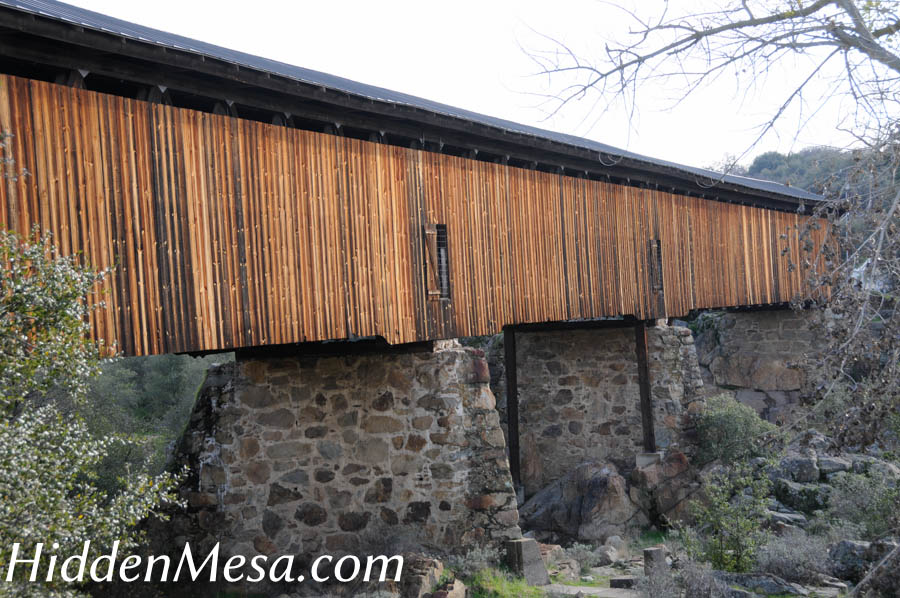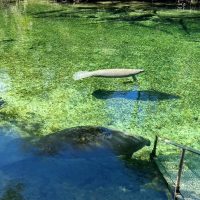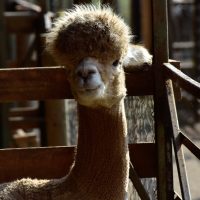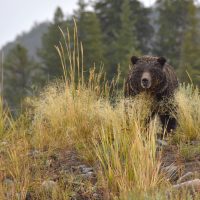In our present day country, we drive about on our road system that’s probably among the best in the world, and give little thought to the hardships that must have existed when this fabulous land was a wilderness; when a wheeled vehicle had never crossed the landscape, and nothing was moved that could not be carried on your back. We drive through little towns like Moss Landing, or Sweeneys Crossing, and give little thought to how they got their interesting names. To us, they’re just names. It might be a surprise then, that the little frontier town of Knights Ferry in the California foothills between Oakdale and Sonora got its name because it was once home to a modified whaling ship used for carrying passengers, goods, and livestock across the Stanislaus River.
In 1848, Dr. William Knight, and his partner James Vantine established a ferry across the Stanislaus river in the area of present day Knights Ferry. Its purpose was to support their trading post, and to service traffic crossing the river along the Stockton/Sonora Road to the southern gold mines. The ferry business was short lived for Dr. Knight though because he was gunned down in the street in 1849 over a business dispute.
After Dr Knight’s death, the business went to Vantine, who created a new partnership with John Dent. When Dr. Knight was alive, it was said that some tolls for crossing on the ferry would run as high as $200.00. Dent and Vantine, in an effort to increase business, lowered the price for crossing to about two dollars, hoping to lure more business to their new restaurant and boarding house in town.
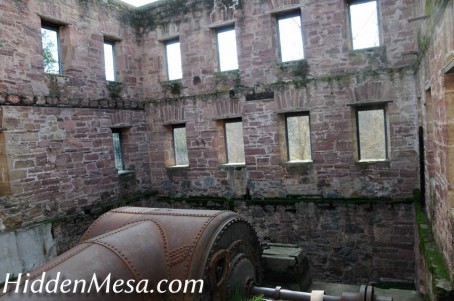
This building was constructed around 1855 and served as a grist mill (for grinding flour. Around the beginning of the 2oth century, the mill was converted to a power plant and made electricity until 1927. Image by Bonnie Fink
Vantine sold his portion of the ferry to the Dents in 1852, and returned back east. In 1854, David Locke and his brother Eldridge built a sawmill, and then a grist mill (for grinding flour) the following year. In order to help guarantee the success of both mills, the Lock brothers purchased the ferry from the Dents in 1855. The deal included timber that had been milled for the construction of a bridge across the river, and after much discussion with the people of the town, the Lockes began construction of the bridge in 1857.[donrightbox]It’s interesting to note that the first bridge across the river at Knights Ferry was most likely designed by Captain Ulysses S. Grant. Grant served with one of the Dent brothers in the Mexican American War and the two became good friends. Later, Grant married Dent’s sister, Julia and spent some of his vacation time in Knights Ferry working for the Dent family. During one of those stays, he allegedly designed and drew plans for the first bridge.[/donrightbox]
In the Sierra Nevada mountains, snow accumulates throughout the winter, then in spring the melt and runoff happens more or less gradually through the spring and early summer. Occasionally, a warm rain will occur early in the spring runoff, and that usually creates a large amount of water in a very short time coming from the mountains. Today, this issue is usually contained with the nearly complete system of dams built along the rivers in the Sierra foothills. In the winter of 1861/62, however, no such protection existed for the people of Knights Ferry. A warm rain occurred that year, and the subsequent runoff caused the river to rise to over 35 feet above the low water mark. While the town suffered badly, the bridge appeared to hold, until the bridge at Two-Mile Bar a short distance upstream broke loose and rammed into the Knights Ferry Bridge, knocking it off its foundations. It was said that nothing in Knights Ferry remained.
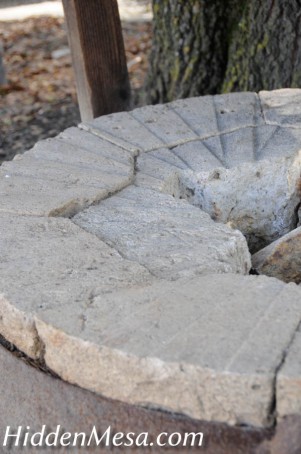
The original grinding stones are still on site near the location of the mill at Knights Ferry. When the mill was constructed by David and Eldridge Locke around 1855, they had two mill stones. When the mill was destroyed by flood and rebuilt by David Tulloch in 1862, he purchased five stones from artisans in Belgium. They were shipped around the Horn to San Francisco. Image by Bonnie Fink
A new bridge was built and completed by May of 1863, and in 1884 it was sold to Stanislaus County. Until it’s acquisition by the county, the bridge owners charged tolls for crossing, and they seemed to have a complete schedule of charges. While crossing charges were set at a modest two cents for individual hogs and sheep, they ran as high as two dollars for camels and even three for elephants…
Travel eventually began to decline through Knights Ferry, in part because the county seat – which was originally at Knights Ferry – was moved to Modesto in 1871. Also, the Stockton-Visalia Railroad was built around that time, and elected to stop at Oakdale rather than Knights Ferry.
As the town began to decline, the grist mill was converted to a hydroelectric power plant, and generated power until 1920, when the New Melones project began to generate power.
In 1985, the title to the bridge was assigned to the Army Corp of Engineers, and has been under their care since then.
The best time to see Knights Ferry, in our opinion, is the fall, winter, and spring. During summer, daytime temperatures can become quite hot in the foothills, and even the short walks around the bridge and other features can be uncomfortable to people who are not used to the heat. During the rest of the year, daytime temperatures can be quite pleasant. In the winter, when fog can be problematic for people living in the San Joaquin Valley, a trip to Knights Ferry can be a great way to get out and see some sunshine, if only for a short time.
The first stop at Knights ferry should be the Corp of Engineers Information and Visitor’s center. They’re usually open on weekdays from 8:00 AM to 4:00 PM and on weekends from 10:00 AM to 2:00 PM. Not only will you find several great handouts describing what to see and do, you’ll most likely encounter a Corp of Engineer Employee or volunteer who can offer more information about the area. These people are usually great sources of information because they actually care about the area, and have spent time studying its history and resources. Use them to enhance your visit.
From there, start your walk to the bridge east of the Information Center, paying attention to exhibits along the way, which will include the Tulloch Mill.
After viewing the bridge, take a drive down into the town of Knights Ferry, which is located west of Sonora Road (the road you drove in on) by about a block. You’ll find a mixture of homes where people still live, and a couple of dozen historical structures that were around from the early 1860s. Since this is a living town, you won’t find the volunteers stationed about with period costumes and in full “character” like you will in Columbia, but with a little imagination, you can still get a sense of life in the California foothills of the 19th century.
Knights Ferry is not a final destination, but it makes a great ½ day trip for anyone visiting the California gold rush country, or traveling to or from the Sierras from the San Joaquin Valley via Highway 108 and Sonora Pass.

